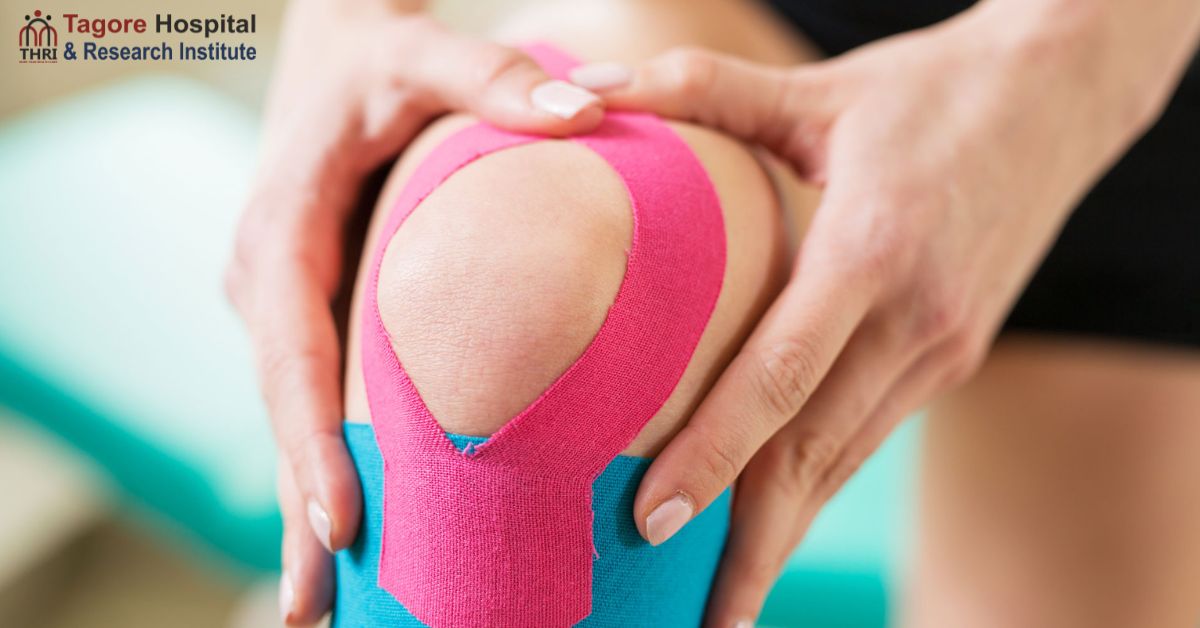
Participation in sports and physical activities offers a multitude of benefits, including improved fitness, mental well-being, and a sense of accomplishment. However, along with the excitement and thrill of sports come the inherent risks of injuries. From sprains and strains to fractures and concussions, sports-related injuries can vary in severity and impact. This guide aims to provide valuable insights into the types of sports injuries, their treatment methods, and essential strategies for prevention.
Types of Sports Injuries
Sports injuries can be broadly categorized into two main types: acute and overuse injuries.
1. Acute Injuries: These injuries occur suddenly and are often the result of an impact, collision, or sudden movement. Examples include fractures, sprains, strains, dislocations, and contusions. Acute injuries are often accompanied by immediate pain, swelling, and limited movement.
2. Overuse Injuries: Overuse injuries develop gradually over time due to repetitive stress on a particular body part. Common examples include tendonitis, stress fractures, and muscle imbalances. Overuse injuries often present as persistent, nagging pain that worsens with continued activity.
Treatment Approaches
The treatment of sports injuries depends on the type and severity of the injury. It's crucial to seek professional medical advice before attempting any treatment, as improper care can lead to worsened conditions.
1. Rest and Immobilization: In cases of acute injuries like fractures and severe sprains, rest and immobilization are often recommended to allow the injured tissue to heal properly. This may involve the use of splints, casts, or slings.
2. Physical Therapy: Physical therapy plays a vital role in recovering from sports injuries. Therapists can design rehabilitation programs that include exercises to improve strength, flexibility, and range of motion.
3. Medications: Over-the-counter pain relievers and anti-inflammatory medications can help manage pain and reduce inflammation associated with sports injuries. However, these should be used under medical supervision.
4. Surgery: In some cases, surgical intervention might be necessary, especially for complex fractures, torn ligaments, or severe joint injuries. Advances in surgical techniques have significantly improved outcomes for athletes undergoing surgery.
5. Restorative Techniques: Modern approaches such as regenerative medicine, including platelet-rich plasma (PRP) therapy and stem cell treatments, are being explored for their potential to accelerate healing and tissue repair.
Tagore Hospital is one of the Best Orthopedic Hospital in Jaipur. They offer comprehensive treatment in all types of joint replacement surgeries with excellent infrastructure and skilled orthopedists that can tackle any patient and their problems.
Prevention Strategies
Preventing sports injuries is a crucial aspect of maintaining long-term athletic performance and well-being. Here are some effective strategies to consider:
1. Warm-Up and Cool Down: Always begin your sports or exercise session with a proper warm-up routine to increase blood flow and prepare your muscles for activity. Similarly, cool-down exercises help the body gradually transition to a resting state.
2. Proper Technique: Learning and consistently applying correct techniques for sports and exercises can significantly reduce the risk of injuries caused by improper form.
3. Gradual Progression: Avoid the temptation to push yourself too hard too quickly. Gradually increase the intensity, duration, and complexity of your workouts to allow your body to adapt.
4. Adequate Rest and Recovery: Rest days are crucial for giving your body time to recover and repair. Overtraining can lead to fatigue and an increased risk of injuries.
5. Cross-Training: Engage in a variety of activities to prevent overuse injuries. Cross-training allows you to work different muscle groups and reduces strain on specific body parts.
6. Proper Gear and Equipment: Wear appropriate protective gear, such as helmets, pads, and supportive footwear, to reduce the risk of impact-related injuries.
7. Listen to Your Body: Pay attention to pain, discomfort, or unusual sensations during exercise. Ignoring these signals can lead to further injury.
8. Nutritional Support: Maintain a balanced diet that supports muscle strength and bone health. Proper nutrition contributes to overall resilience against injuries.
9. Hydration: Dehydration can impair muscle function and coordination, increasing the risk of accidents and injuries. Stay hydrated before, during, and after physical activity.
10. Professional Guidance: Work with coaches, trainers, and healthcare professionals to ensure you're following safe and effective training practices.
In conclusion
while sports injuries are an inherent risk of physical activity, there are numerous steps individuals can take to minimize their occurrence. By understanding the types of injuries, seeking proper treatment, and adhering to preventative strategies, athletes and enthusiasts alike can continue to enjoy the benefits of sports while minimizing the potential setbacks caused by injuries. Remember, the key is to strike a balance between pushing your limits and taking care of your body's well-being.

No comments yet